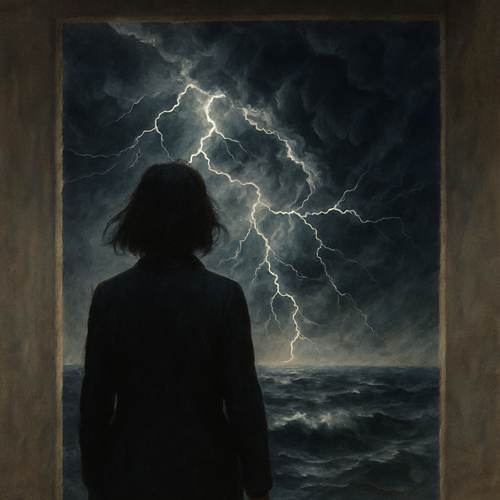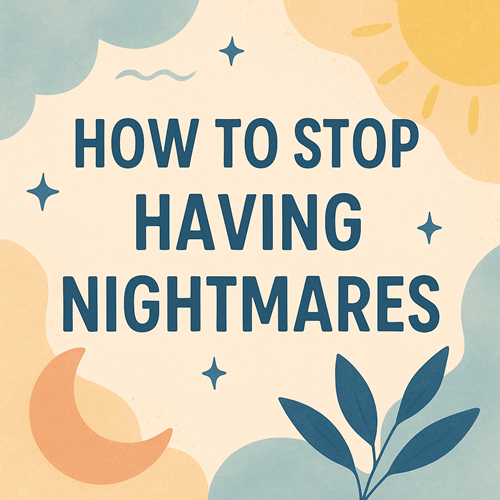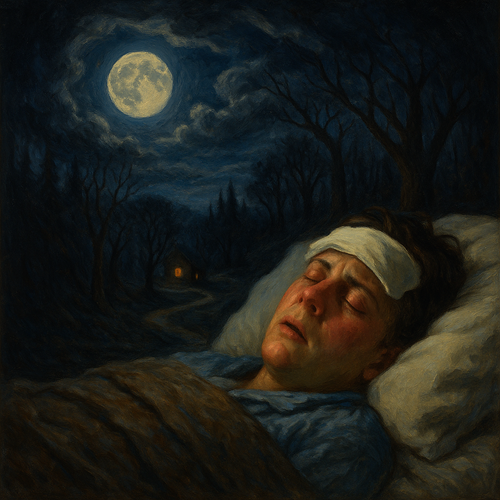What was your most vivid childhood dream? Maybe you flew or were chased by something unknown. These early fragments may seem random, but many psychologists and cultures see them as blueprints—symbols of who we are and the journey ahead.
In this article, we explore how Indigenous wisdom and psychological theories treat childhood dreams as keys to personal growth. We’ll also offer simple, practical steps to help you reconnect with your earliest dreams—and unlock the insights they may hold.
Aboriginal Perspectives on Childhood Dreams
In many Indigenous cultures, childhood dreams are viewed as sacred messages that reveal a child's inner world and future potential. Among the Anishinaabe people, for instance, such dreams play a vital role in guiding a child's development, often interpreted through storytelling and ceremonial practices that connect the dreamer with ancestral wisdom. These dreams are not seen as fleeting or fanciful but as powerful communications from the spirit realm, offering clues to a child's path and purpose in life.
In certain Aboriginal Australian communities, childhood dreams are even more central to identity. Through the practice of 'kiacojawi' (from the Yawuru people of Western Australia), parents may receive their child's name via a dream—sometimes through encounters with animals, natural elements, or ancestral figures. This naming process reflects a belief that dreams can uncover essential truths about a child's spirit and destiny from the very beginning of life.
These cultural traditions remind us that childhood dreams have long been honored not only for their symbolic value but for their capacity to shape a child’s role in the wider story of their community and existence.
The Nature of Childhood Dreams and Their Connection to Life Myth
Swiss psychiatrist Carl Jung introduced the concept of the 'life myth,' suggesting that early childhood dreams encapsulate the core themes and narratives that will play out throughout an individual's life. He posited that these dreams are not random but are deeply symbolic, reflecting the innate patterns of the collective unconscious. In his view, "the little dream is the voice of the whole, the natural and necessary expression of the actual state of the whole psychic system."
Process-Oriented Psychology, developed by Arnold Mindell, builds upon Jung's ideas by emphasizing the significance of these early dreams. Mindell observed that childhood dreams often reveal a person's life myth, serving as a blueprint for recurring patterns and challenges. He noted that "childhood dreams pattern a whole lifetime," indicating their lasting impact on personal development.
By analyzing these dreams, individuals can gain insight into their inherent strengths, vulnerabilities, and the overarching narrative that influences their life's trajectory.
Dual Energies in Childhood Dreams and Their Manifestations
Now that we've seen how childhood dreams are viewed in both psychology and Indigenous wisdom—as symbolic blueprints and spiritual messages—you might be wondering: what do these dreams actually mean for us today?
Many childhood dreams carry a strange mix of wonder and fear—flying high one moment, fleeing danger the next. These powerful images often represent inner tensions that persist into adulthood. A dream about being chased might later show up as recurring anxiety or a lifelong fear of being judged or overwhelmed.
These are not just memories—they’re messages. Recognizing these patterns gives us tools to understand how we move through the world: in relationships, in our bodies, and in our choices.
In the next sections, we’ll explore how to listen to these messages and work with them. Because within each childhood dream, however surreal, might be a map—a hidden guide to your personal growth.
The Role of Childhood Dreams in Shaping Personal Narratives
While childhood dreams do not offer concrete predictions about the future, they provide a framework—a vessel—that outlines the fundamental tensions and themes an individual may encounter. These dreams set the stage upon which personal experiences, choices, and external influences will play out.
As Mindell articulated, "the life myth can be seen as one's overarching dream or song of life." This suggests that early dreams encapsulate the essence of one's life journey, with the specific details unfolding through lived experiences.
By revisiting and reflecting on these formative dreams, individuals can gain clarity on their life's purpose and the inherent contradictions they may need to navigate.
Engaging with Childhood Dreams for Personal Growth
You’ve explored the meaning and depth of childhood dreams—now it’s time to turn inward. What was your most vivid or recurring childhood dream? What images, feelings, or characters still linger in your memory?
Here are three practical steps to begin working with your childhood dream:
- Recall and Record: Take a quiet moment and write down the earliest dream you remember. Include details, sensations, symbols—no matter how strange or fragmented.
- Reflect and Feel: Ask yourself: How did this dream make me feel? Can I sense any parallels with emotions or situations in my life today?
- Dialogue and Discover: Choose one element from the dream—a person, place, or object—and imagine a conversation with it. What would it say? What message might it hold for you now?
As Jung wisely noted, "until you make the unconscious conscious, it will direct your life, and you will call it fate." By bringing your childhood dreams into awareness, you gain the power to reinterpret your life’s story—and even reshape it.
What Now? A Lifelong Journey Begins
Childhood dreams are not meant to be solved in a single sitting. They are invitations—whispers from our earliest selves, asking us to listen, reflect, and walk with them over time. The more we return to them, the more they reveal.
Let your dream be your companion. Come back to it often, speak to it, evolve with it. Treat it not as a puzzle, but as a guide on the path to wholeness.
As a Lithuanian proverb says, "May you live so long that one day you understand why you were born." This is the journey that begins with your childhood dream. Take the first step—and then keep walking.
• Indigenous Dreams. (2019)
• Kalapana on Life Myth - Processwork Online. (2020)
• Stories, Dreams, and Ceremonies: Anishinaabe Ways of Learning. (2000)
• On The Relationship Between Childhood Dreams And Adult Illnesses
• The Life Myth: A Processwork Perspective - Bill Say



